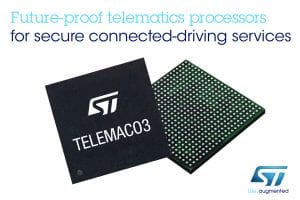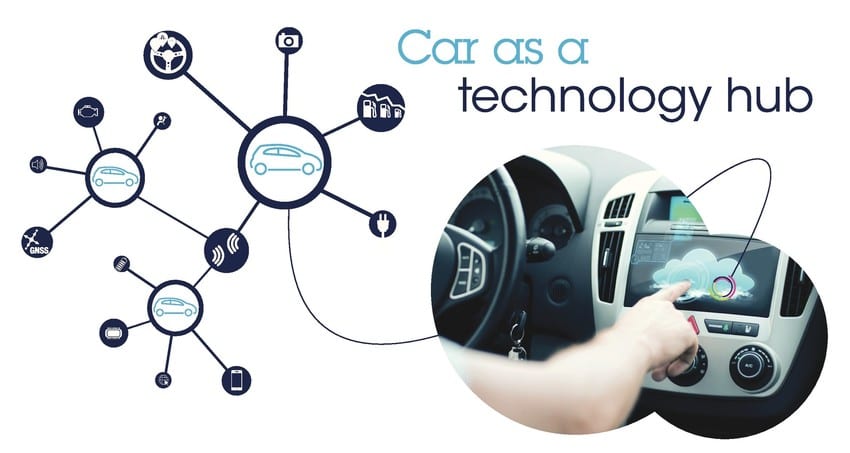Among connected-car enthusiasts, manufacturers and drivers, cybersecurity is the looming speed trap. If, as Gartner Research projects, there will be a quarter of a billion cars on the road by 2020 connected with Wi-Fi hotspots and Bluetooth®, something will need to keep hackers from exploiting those connections.
Less than 20 years ago, GM’s OnStar was the first telematics technology—and customers didn’t necessarily go crazy for it. Today though, the technology has advanced to enable movies to stream to the back seats, allow onboard emergency systems to call 911 when airbags deploy, provide data to GPS systems to avoid traffic and wrong turns, schedule electric vehicles to charge at off-peak times, or deliver voice-activated calls to a phone contact list. The concern? All of this convenience moves through a connection that is a weak link.
Vehicle security used to mean door locks and tamper alarms. The goal was to keep thieves out of – and away from — the car. Nowadays, thieves can use more than doors and windows to get into your car; those Wi-Fi and Bluetooth connections are the portals that, unsecured, could allow the unscrupulous to crack open your personal data or control the electronics of your car. White-hat hackers have done it already.
Demands for cybersecurity in the automotive world call for fail-safe defense features throughout the vehicle’s circuitry and software. The security levels requested by automotive manufacturers are rapidly approaching — and overtaking — those already proven in smart cards for banking and identity cards for governments, using secure ICs, with the added requirements of being hardy enough to withstand the harsh conditions vehicles present. Smart and tough.
Introducing Telemaco3P
Only a handful of semiconductor companies worldwide have a track record in both secure chips and automotive ICs and modules. Among those, STMicroelectronics has long been dedicated to smart safety and tough security. ST’s newly announced Telemaco3P processors for telematics and connectivity are the first to integrate a Hardware Security Module (HSM) solely for authenticating received messages, encrypting outgoing communications, and checking any external devices that try to connect. Sort of like a security guard for your car.
In addition to the first automotive microprocessor to integrate an HSM on-chip, these robust MPUs[1] surpass more typical controllers in many ways. As the HSM can handle most cryptographic tasks, the embedded CPU and MCU are free to drive other complex applications. The Telemaco3P integrates power management circuitry as well as familiar communication interfaces for simpler design at lower cost.
The Telemaco3P family members comply with the automotive safety standard, ISO 26261 level ASIL-B, and meet the AUTOSAR specs for protected CAN bus communications.
Security management beyond the level of door locks and alarms has steered automotive manufacturers to the cutting edge of microelectronics. We’ll drive easier knowing our cars are well defended against cyber-thugs with smart and tough security built into its hardware.
[1] 105°C maximum temperature rating
